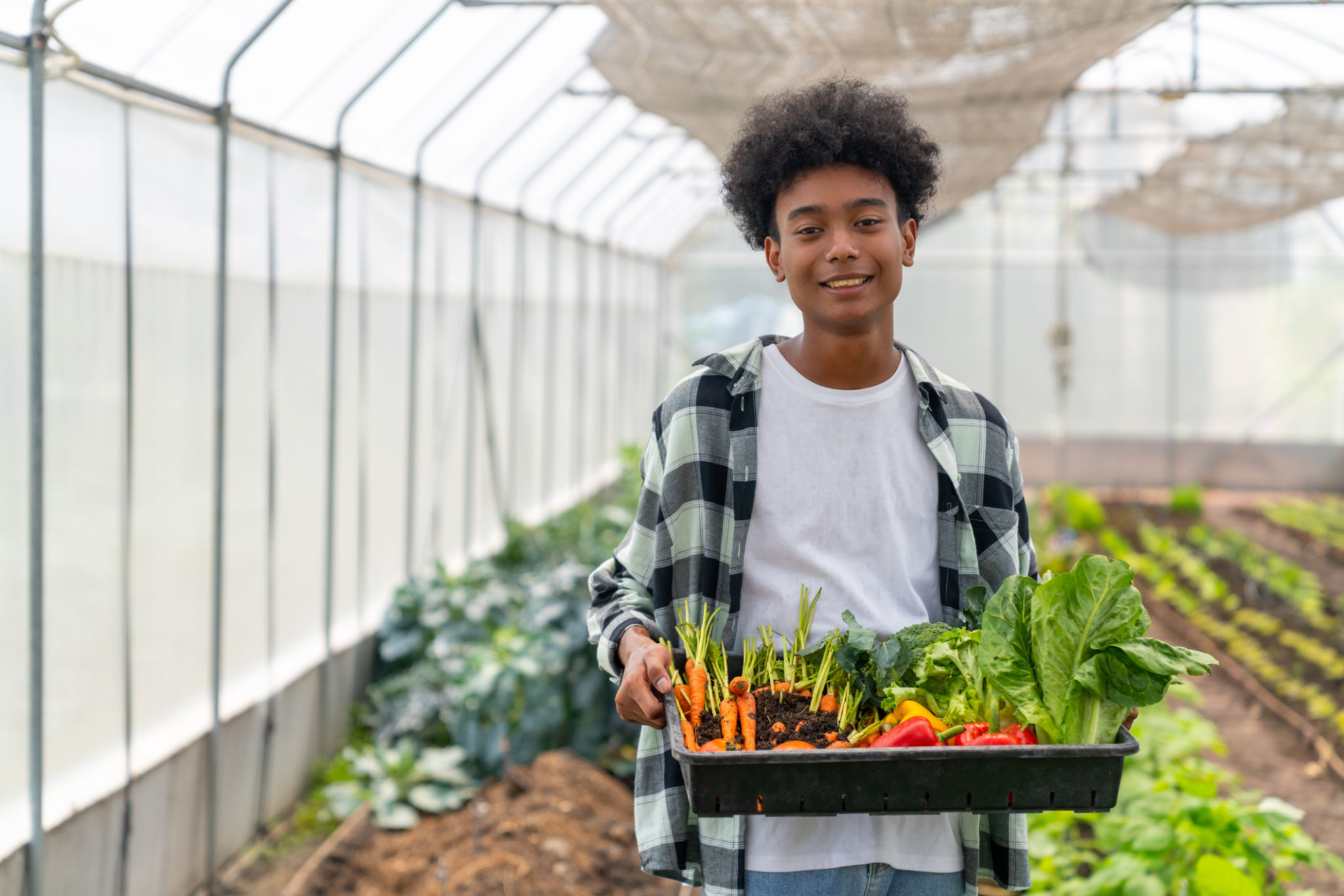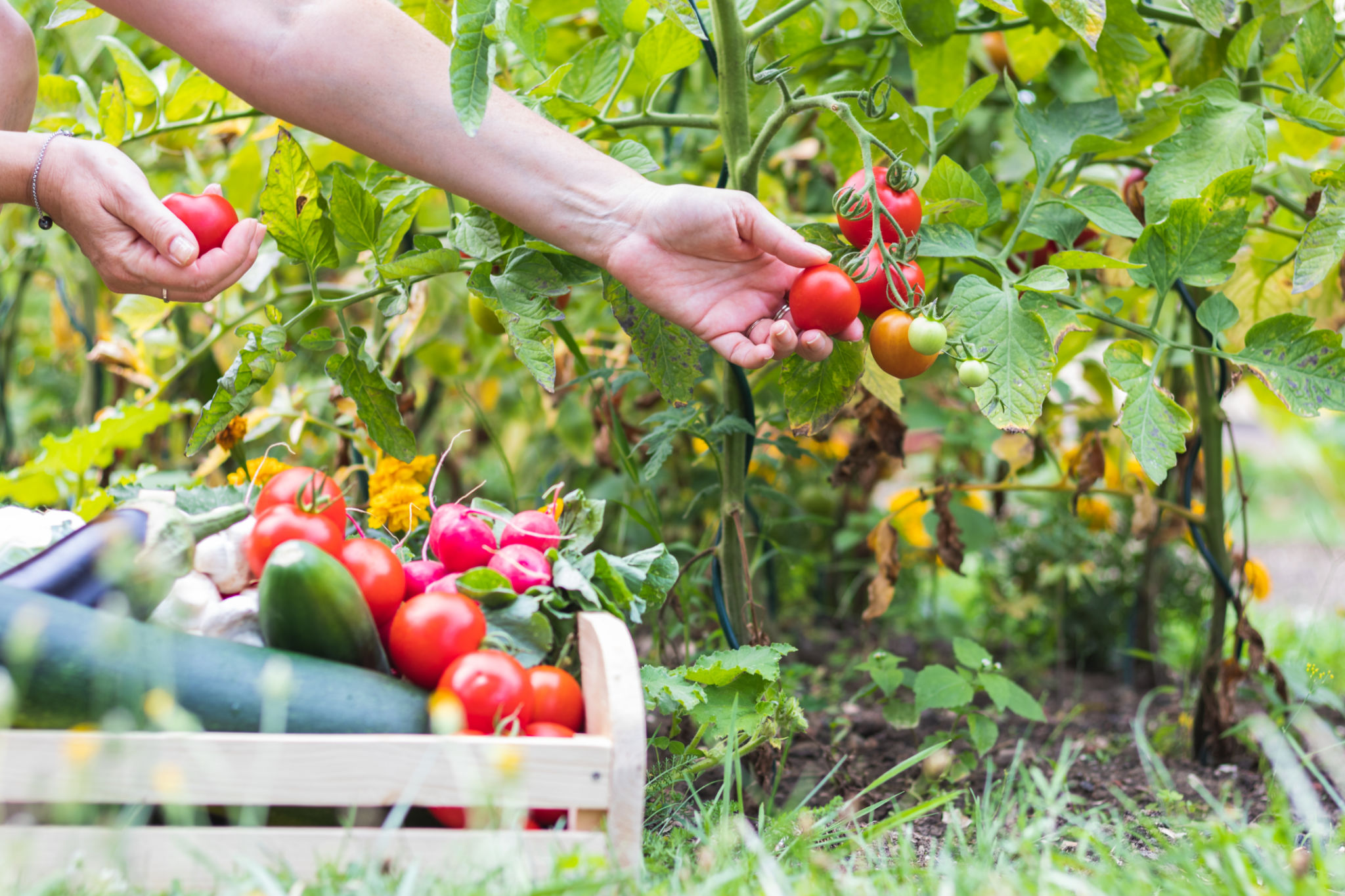Seasonal Gardening Activities for High School Clubs
Introduction to Seasonal Gardening
Gardening is a rewarding and educational activity that high school clubs can embrace throughout the year. Each season offers unique opportunities to learn about plant life, ecosystems, and sustainable practices. By participating in seasonal gardening activities, students can cultivate skills that extend beyond the classroom while enjoying the fresh air and the beauty of nature.

Spring: Planting and Planning
The arrival of spring marks the perfect time for high school gardening clubs to start planning and planting. Students can focus on preparing garden beds by removing weeds, tilling the soil, and adding compost. This sets a solid foundation for planting a variety of seeds and seedlings such as vegetables, herbs, and flowers.
Spring is also an ideal time for teaching students about crop rotation and companion planting. These techniques can lead to a more productive and healthy garden. Encourage clubs to keep a gardening journal where they can document their activities and observations, fostering a deeper understanding of plant growth and soil health.
Summer: Maintenance and Harvest
As summer arrives, high school gardening clubs can focus on maintaining their gardens. This includes regular watering, weeding, and monitoring for pests or diseases. It’s a season of growth where students can witness the fruits of their labor starting to develop.
Clubs can organize harvesting events where students learn how to properly pick vegetables and herbs at their peak ripeness. This hands-on experience not only reinforces agricultural knowledge but also provides fresh produce that can be used for club events or donated to local food banks.

Autumn: Preparing for Winter
In the fall, gardening clubs can concentrate on preparing their gardens for the winter months. This includes clearing out dead plants, applying mulch, and planting cover crops like clover or rye to enrich the soil. These activities teach students about the importance of soil conservation and preparing for future planting seasons.
Autumn is also an excellent time to collect seeds from mature plants for next year's garden. Seed saving is a valuable practice that promotes sustainability and reduces costs for the club. Organizing seed-swapping events can also foster community spirit among students and other local gardening enthusiasts.
Winter: Indoor Gardening and Planning
Even in winter, there are plenty of gardening activities to engage in. High school clubs can turn their attention indoors by starting seedlings on windowsills or using grow lights. This allows students to experiment with different plant varieties and learn about the requirements for indoor gardening.

Winter is also a great time for planning next year’s garden. Clubs can review their gardening journal entries to evaluate what worked well and what didn’t. Additionally, they can research new gardening techniques or plants to try in the coming season. This planning phase helps students develop critical thinking and organizational skills.
Conclusion: The Benefits of Year-Round Gardening
Year-round gardening activities provide high school clubs with valuable lessons in biology, environmental science, and teamwork. As students work together through each season's challenges and rewards, they gain a greater appreciation for nature and sustainability.
Encouraging seasonal gardening in schools not only beautifies the campus but also empowers students with lifelong skills. It fosters a sense of responsibility, patience, and accomplishment as they nurture their plants from seed to harvest. By integrating these activities into high school clubs, educators can cultivate a new generation of environmentally conscious individuals.